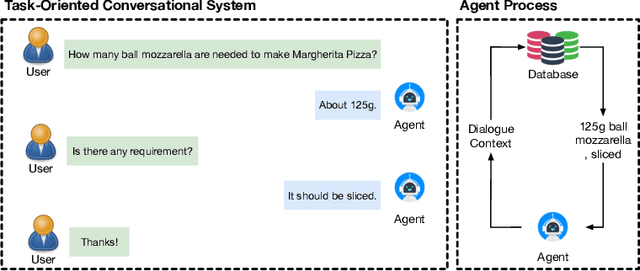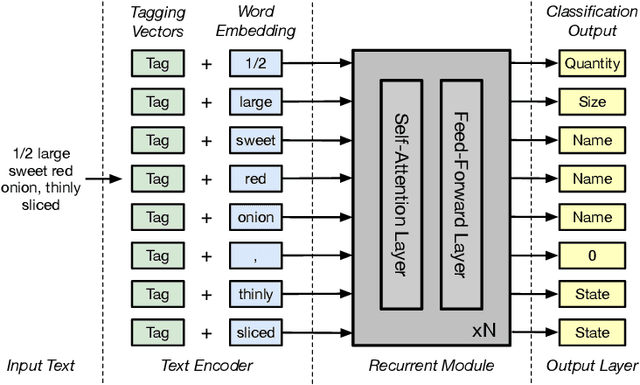Pin Ni
Continual Graph Learning: A Survey
Jan 28, 2023Abstract:Research on continual learning (CL) mainly focuses on data represented in the Euclidean space, while research on graph-structured data is scarce. Furthermore, most graph learning models are tailored for static graphs. However, graphs usually evolve continually in the real world. Catastrophic forgetting also emerges in graph learning models when being trained incrementally. This leads to the need to develop robust, effective and efficient continual graph learning approaches. Continual graph learning (CGL) is an emerging area aiming to realize continual learning on graph-structured data. This survey is written to shed light on this emerging area. It introduces the basic concepts of CGL and highlights two unique challenges brought by graphs. Then it reviews and categorizes recent state-of-the-art approaches, analyzing their strategies to tackle the unique challenges in CGL. Besides, it discusses the main concerns in each family of CGL methods, offering potential solutions. Finally, it explores the open issues and potential applications of CGL.
Attention-based Ingredient Phrase Parser
Oct 05, 2022



Abstract:As virtual personal assistants have now penetrated the consumer market, with products such as Siri and Alexa, the research community has produced several works on task-oriented dialogue tasks such as hotel booking, restaurant booking, and movie recommendation. Assisting users to cook is one of these tasks that are expected to be solved by intelligent assistants, where ingredients and their corresponding attributes, such as name, unit, and quantity, should be provided to users precisely and promptly. However, existing ingredient information scraped from the cooking website is in the unstructured form with huge variation in the lexical structure, for example, '1 garlic clove, crushed', and '1 (8 ounce) package cream cheese, softened', making it difficult to extract information exactly. To provide an engaged and successful conversational service to users for cooking tasks, we propose a new ingredient parsing model that can parse an ingredient phrase of recipes into the structure form with its corresponding attributes with over 0.93 F1-score. Experimental results show that our model achieves state-of-the-art performance on AllRecipes and Food.com datasets.
 Add to Chrome
Add to Chrome Add to Firefox
Add to Firefox Add to Edge
Add to Edge